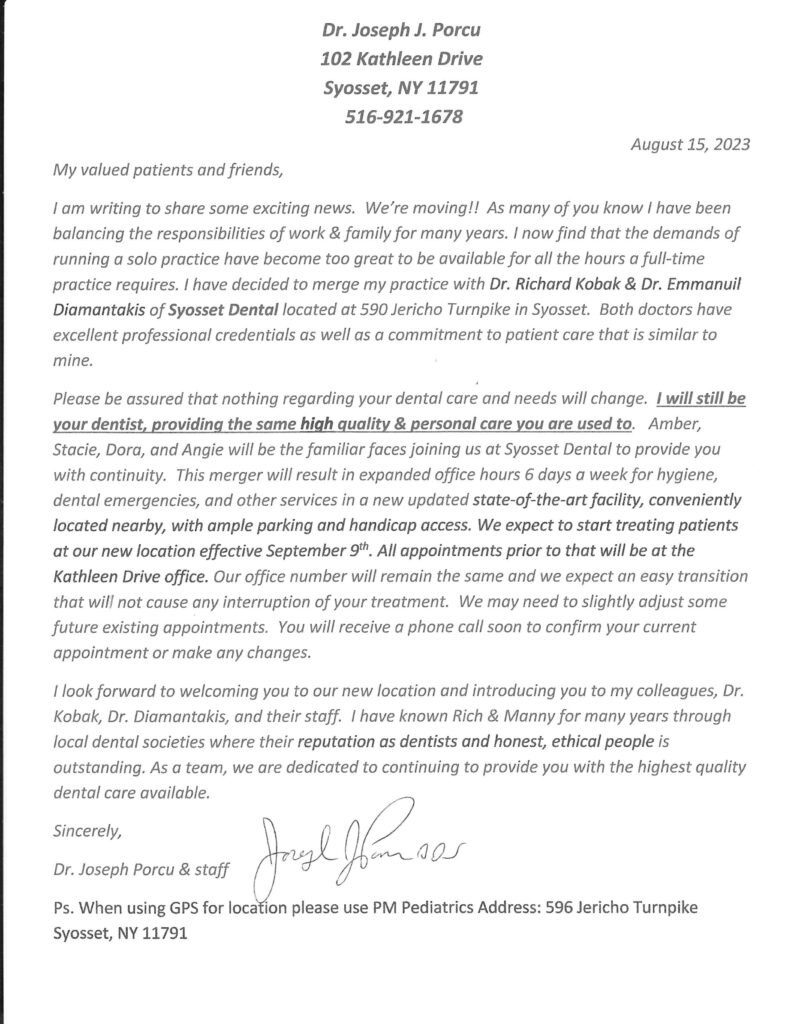 When you experience a cavity, the whole point of filling it is to prevent the cavity from growing and your tooth from becoming more compromised. If your filling fails to accomplish its purpose, then your tooth can end up in a worse condition than before. Historically, failed fillings occurred most commonly because of the materials used to create them, such as metal amalgam. While effective, materials like metal change shape over time, expanding and contracting in ways that damage healthy tooth structure or leave it vulnerable to further decay. Today, however, modern fillings enjoy a substantially higher success rate. That’s thanks, in part, to improved methods of caring for your teeth and filling at home, and also thanks to more secure and biocompatible filling materials like tooth-colored composite resin.
When you experience a cavity, the whole point of filling it is to prevent the cavity from growing and your tooth from becoming more compromised. If your filling fails to accomplish its purpose, then your tooth can end up in a worse condition than before. Historically, failed fillings occurred most commonly because of the materials used to create them, such as metal amalgam. While effective, materials like metal change shape over time, expanding and contracting in ways that damage healthy tooth structure or leave it vulnerable to further decay. Today, however, modern fillings enjoy a substantially higher success rate. That’s thanks, in part, to improved methods of caring for your teeth and filling at home, and also thanks to more secure and biocompatible filling materials like tooth-colored composite resin.
What a failed filling means
After filling a cavity, the restoration should successfully perform two important duties – to restore the tooth structure that you’ve lost, and to protect the exposed part of your tooth from harmful oral bacteria. A failed filling is unable to accomplish either goal, leaving your tooth vulnerable to structural damage and/or more severe decay sparked by oral bacteria re-infecting the tooth. If the filling has failed because the metal has expanded, then it may have damaged the tooth as well as leaving it more vulnerable to extensive decay.
How to ensure success
Other reasons for a failed filling can include improper care of your teeth and restoration at home. If you don’t brush and floss every day and visit your dentist as often as recommended, then you might not notice the filling has dislodged. However, an even more effective way to ensure success is to choose a more biocompatible filling that isn’t prone to failure. Tooth-colored fillings are crafted from composite resin, rather than metal amalgam. The resin can discreetly blend in with your tooth while also conforming precisely to the cavity’s shape and adhering securely to your tooth’s structure.
Should you upgrade your filling?
If your filling fails, or if you still rely on an older filling that is more likely to fail in the future, then speak with your dentist about upgrading your restoration to a more biocompatible, tooth-colored filling. After carefully removing the old filling and checking carefully to ensure that the decay has not progressed, we can custom-design and place your tooth-colored filling to reduce your risks of having to deal with a failed restoration in the future.
Fix your cavity with a tooth-colored filling
Fillings made from older materials, such as metal amalgam, can often be more prone to complications. With tooth-colored composite resin, your tooth filling is much less likely to fail. For more information, schedule a consultation by calling Syosset Dental in Syosset, NY today at 516-433-2211 or 516-921-1678.











